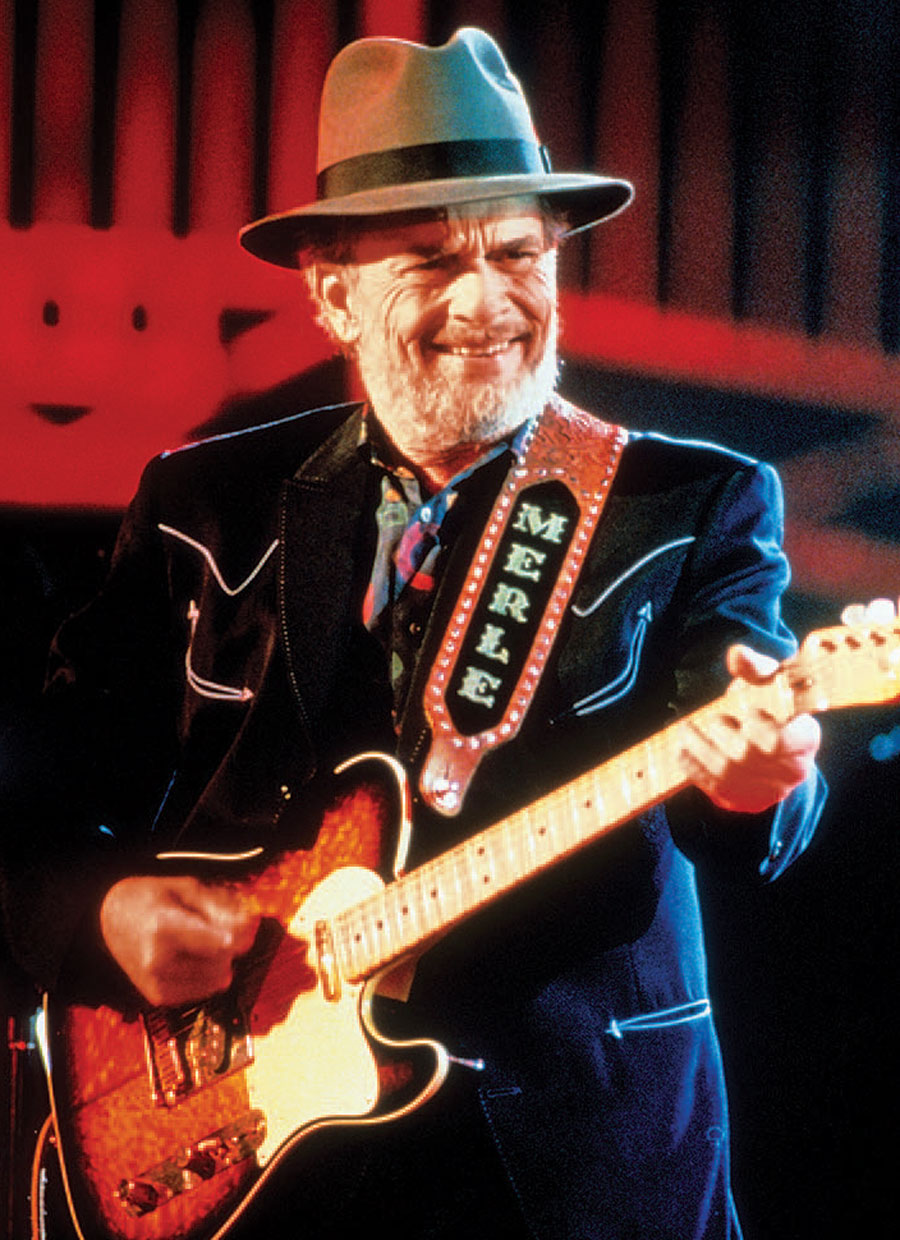Introduction:

Merle Haggard’s “Workin’ Man Blues”: A Voice for the American Striver
Released in 1969, Merle Haggard’s “Workin’ Man Blues” became an instant classic, capturing the struggles and spirit of the American working class. Haggard, himself a son of Oklahoma oil workers, wasn’t new to singing about the blue-collar experience. But “Workin’ Man Blues” struck a particular chord.
The song emerged during a period of social and economic change in the United States. Factory jobs were on the decline, and blue-collar workers were feeling the pinch. Haggard’s lyrics resonated with men and women who felt their way of life under threat.
The song is a simple yet powerful ode to the working man’s life. The narrator, weary but resolute, describes long hours, the pressure to provide for a family, and the ever-present temptation to escape the grind. But there’s also a deep sense of pride in honest labor and a determination to persevere.
“Workin’ Man Blues” wasn’t just about hardship. It celebrated the camaraderie found among working folks, the shared experience of punching the clock and keeping the wheels of industry turning. The narrator seeks solace in beer and song with his fellow workers, a ritual that both acknowledges the struggles and reinforces a sense of community.
Haggard’s own past as a laborer adds authenticity to the song. He’d worked various blue-collar jobs before finding success in music. His baritone voice, weathered and raw, perfectly conveys the weariness and resilience of the working man.
“Workin’ Man Blues” became an anthem for working-class Americans. It continues to resonate today, a reminder of the challenges and triumphs of those who build, maintain, and keep America going.